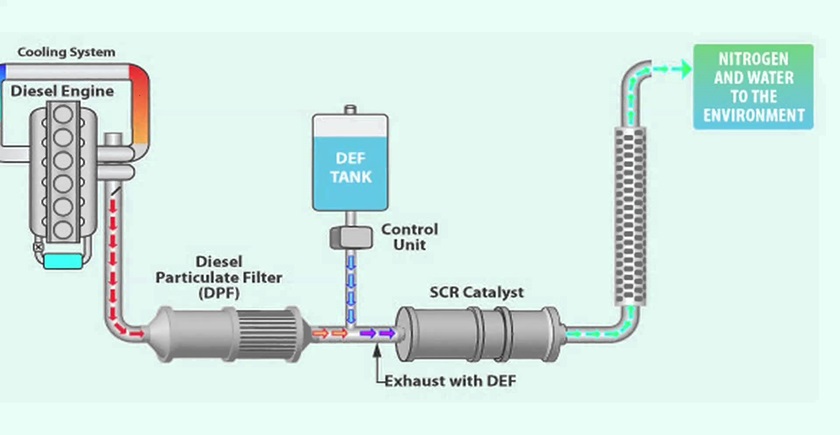What Is DEF
About DEF Solution
DEF (Diesel Exhaust Fluid) is, at a chemical Level, a combination of deionized water and urea that transform harmful nitrous oxide emissions into harmless water and gas. DEF is the registered trademark of VDA for AUS32, or Aqueous Urea Solution 32.5%
SCR engines use a diesel exhaust fluid (DEF) such as DEF. The fluid is stored in a separate tank in the system and injected into the exhaust stream. This injection causes a chemical reaction in the SCR catalytic converter which turns oxides of nitrogen (NOx) into environmentally friendly components, diatomic nitrogen (N2) and water. As a result, selective catalytic reduction systems are being used as a sustainable and effective way of protecting the environment.

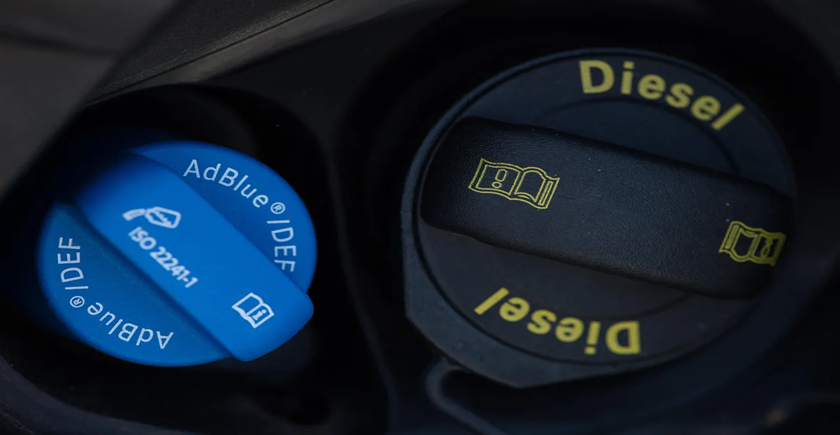
Reduce Disel Engine NOx Emission
1.How much DEF do I need?
2.How should I store DEF?
3.Why should I choose SCR with DEF over other technologies?
4.Why does DEF quality matter?
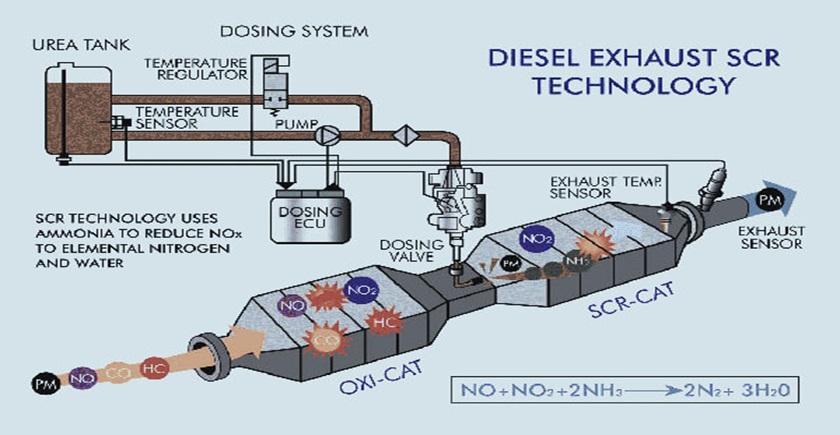
SCR Technology
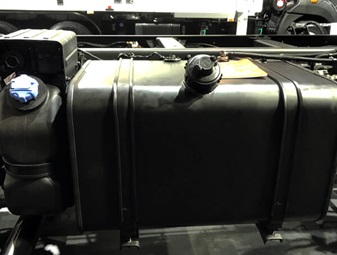
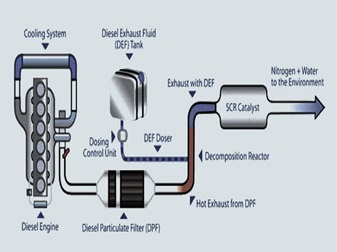
For the correct functioning of your SCR system, make sure you use only high quality DEF such as PowerBlue. Poor quality reagent that is contaminated with foreign matters risks damaging your catalyst.
There are different emission standards around the world, setting specific NOx emission limits that require the use of SCR and DEF. The four main pollutants covered by vehicle emission legislation are Oxides of Nitrogen (NOx), Particulate Matter (PM), Carbon monoxide (CO), and Hydrocarbons (HC).
